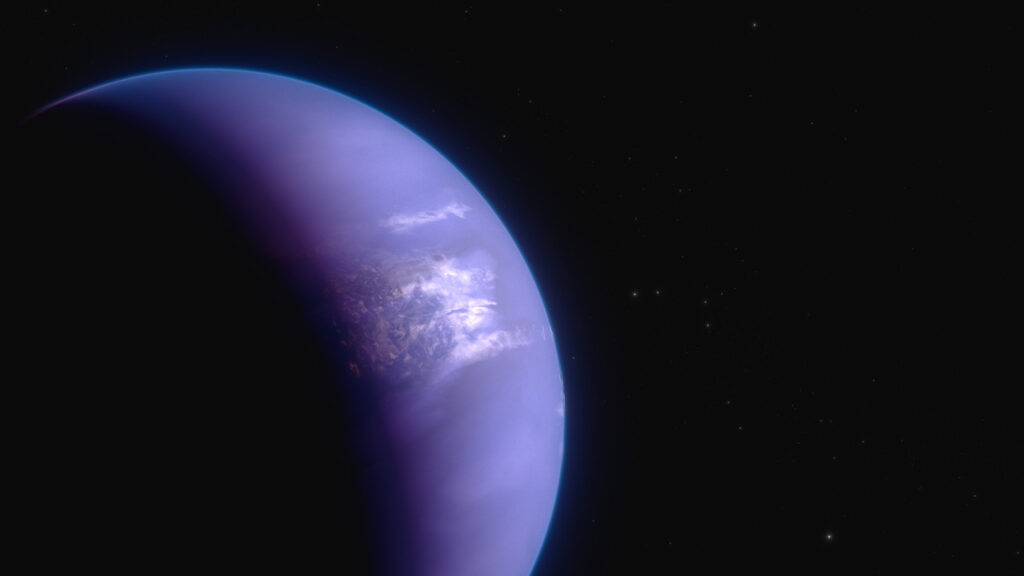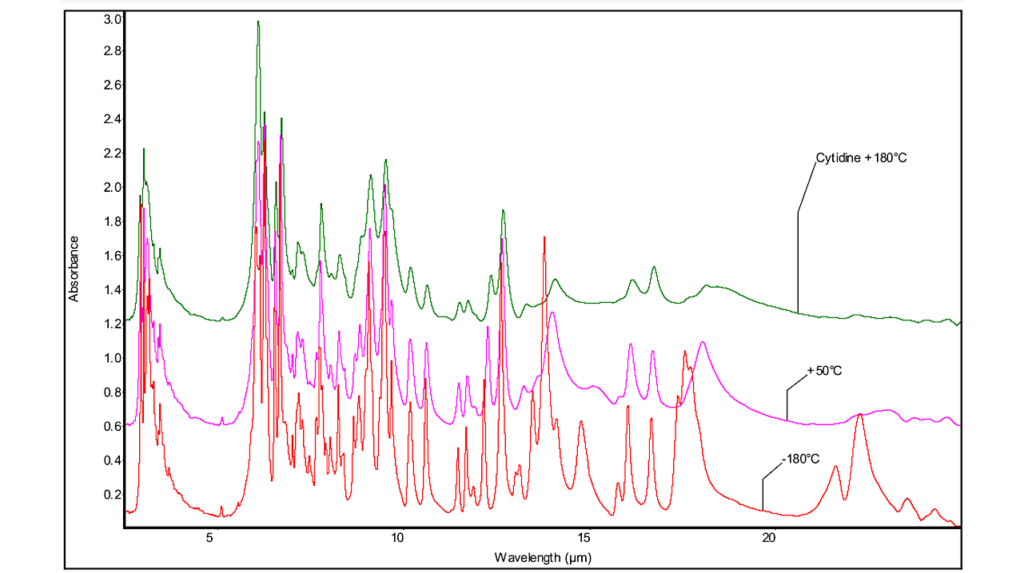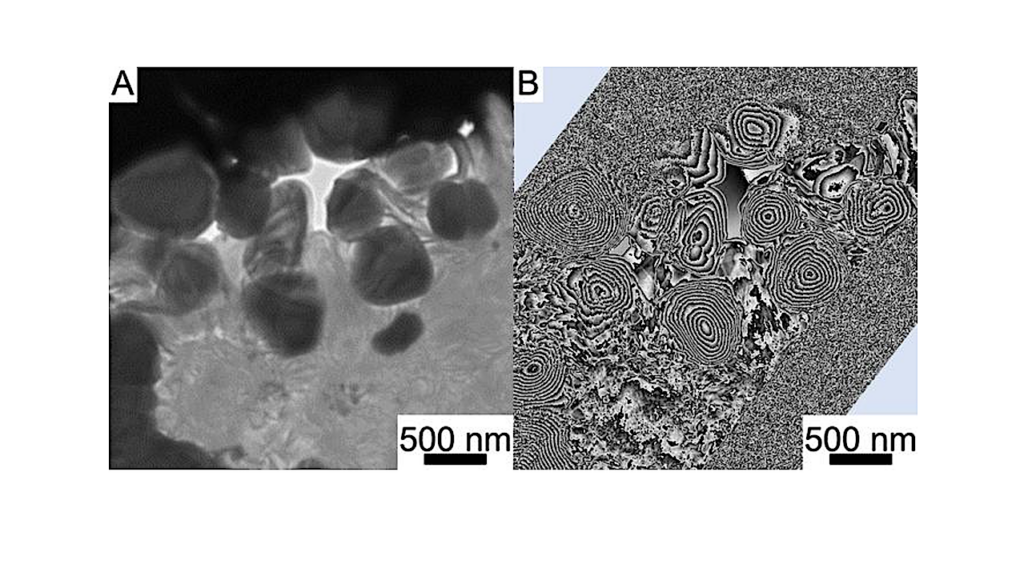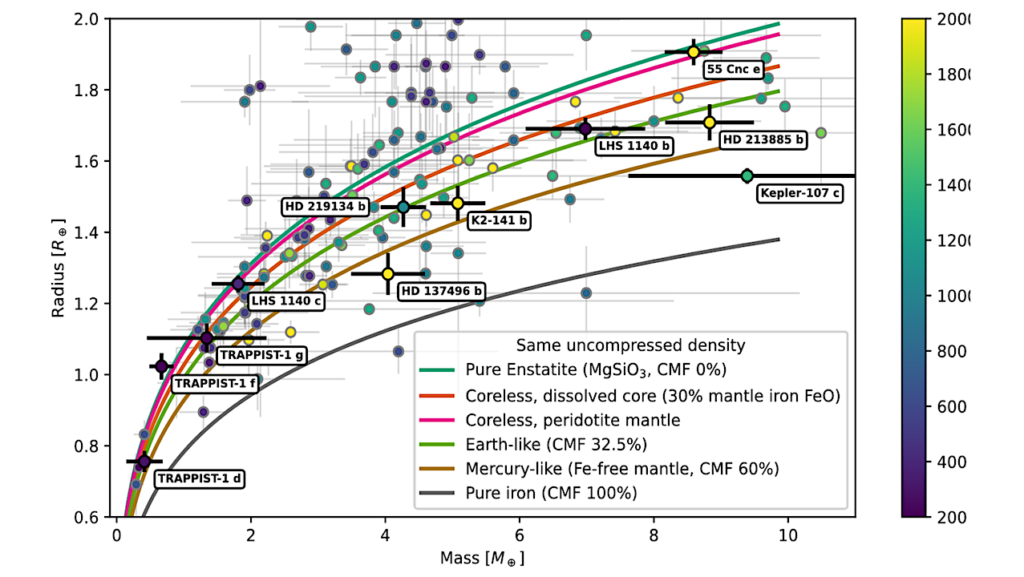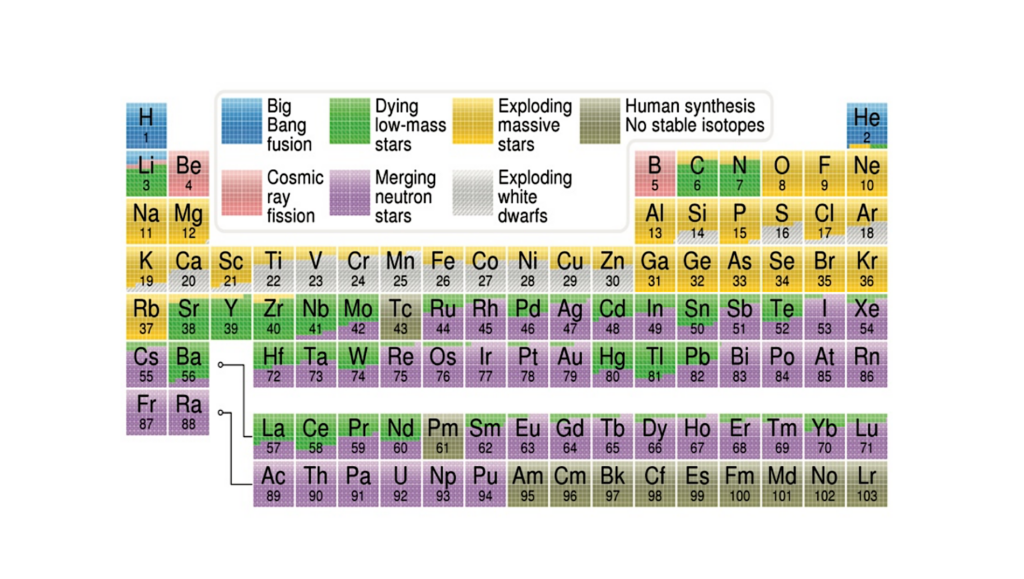Predicting Binding Energies Of Astrochemically Relevant Molecules Via Machine Learning

The behaviour of molecules in space is to a large extent governed by where they freeze out or sublimate. The molecular binding energy is thus an important parameter for many astrochemical studies.
This parameter is usually determined with time-consuming experiments, computationally expensive quantum chemical calculations, or the inexpensive, but inaccurate, linear addition method. In this work we propose a new method based on machine learning for predicting binding energies that is accurate, yet computationally inexpensive.
A machine learning model based on Gaussian Process Regression is created and trained on a database of binding energies of molecules collected from laboratory experiments presented in the literature. The molecules in the database are categorized by their features, such as mono- or multilayer coverage, binding surface, functional groups, valence electrons, and H-bond acceptors and donors.
The performance of the model is assessed with five-fold and leave-one-molecule-out cross validation. Predictions are generally accurate, with differences between predicted and literature binding energies values of less than ±20\%. The validated model is used to predict the binding energies of twenty one molecules that have recently been detected in the interstellar medium, but for which binding energy values are not known.
A simplified model is used to visualize where the snowlines of these molecules would be located in a protoplanetary disk. This work demonstrates that machine learning can be employed to accurately and rapidly predict binding energies of molecules. Machine learning complements current laboratory experiments and quantum chemical computational studies. The predicted binding energies will find use in the modelling of astrochemical and planet-forming environments.
Torben Villadsen, Niels F.W. Ligterink, Mie Andersen
Comments: Accepted in astronomy and astrophysics
Subjects: Astrophysics of Galaxies (astro-ph.GA); Instrumentation and Methods for Astrophysics (astro-ph.IM); Solar and Stellar Astrophysics (astro-ph.SR)
Cite as: arXiv:2207.03906 [astro-ph.GA] (or arXiv:2207.03906v1 [astro-ph.GA] for this version)
https://doi.org/10.48550/arXiv.2207.03906
Focus to learn more
Submission history
From: Niels Ligterink
[v1] Fri, 8 Jul 2022 13:48:46 UTC (285 KB)
https://arxiv.org/abs/2207.03906
Astrobiology, Astrochemistry,


